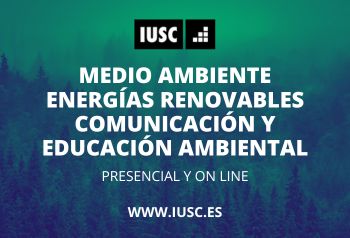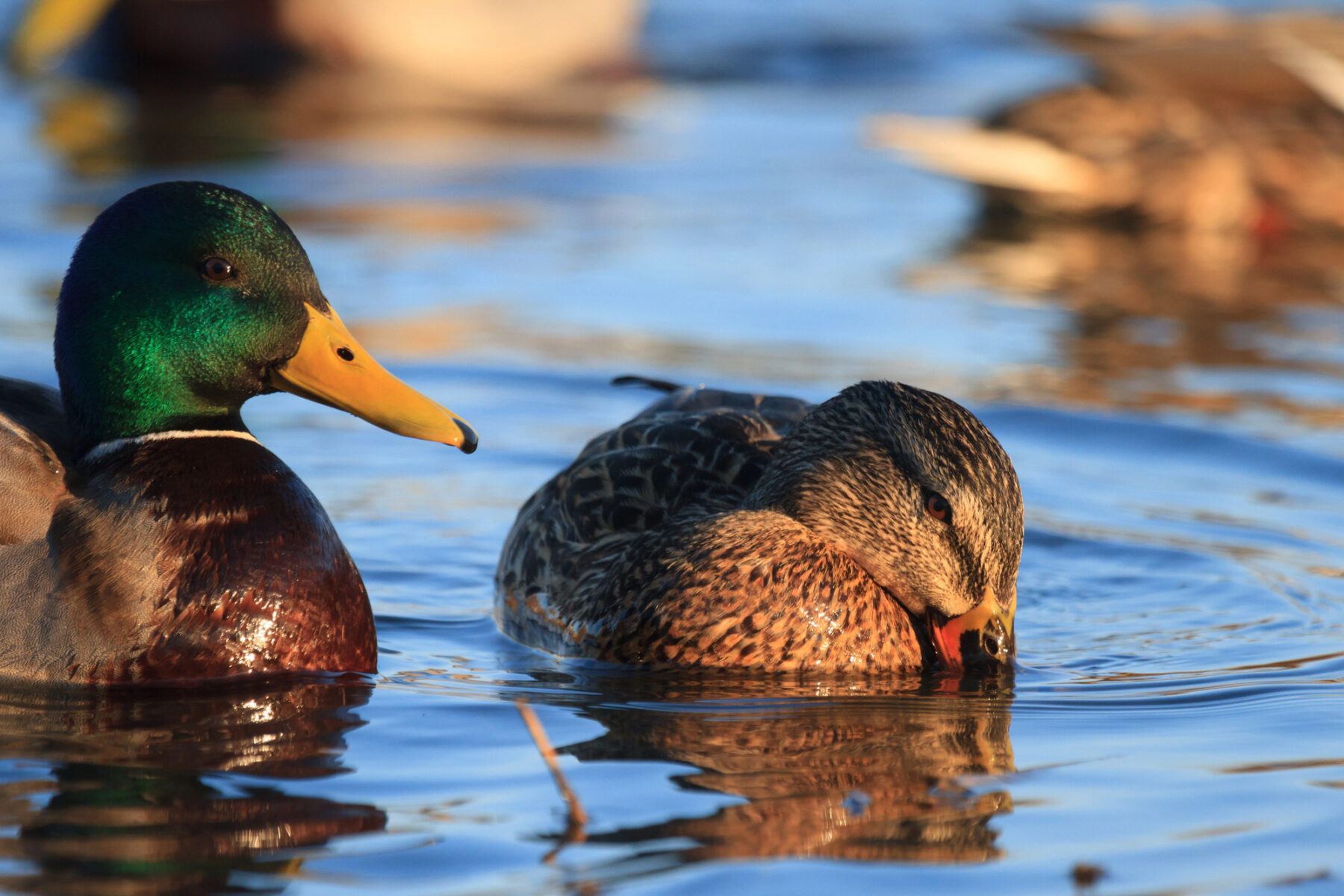When will the preparation of a ‘Catalog of habitats in danger of disappearing‘in Spain? In there World Habitat Day 2024SEO/BirdLife asks governments urgent measures to improve spaces important for nature and biodiversity. In this context, it is worth reviewing the report «Degraded areas with opportunities for rehabilitation in Spain«.
Together with the approval of a ‘Catalog of habitats in danger of disappearing’ask one revision of the management plans for protected areas of the Natura 2000 network and the restoration of degraded areas. It’s whole The condition of water-related habitats is of concernsuch as coastal, freshwater, peat and forest habitats.
On the occasion of World Habitat Day 2024that is celebrated today, October 2the NGO demands responsible management by government services for the improving the conservation status of habitats important for nature and biodiversity in Spain.
The 4-star measurements:
- Develop and launch the Spanish catalog of habitats in danger of disappearing, promoting inter-governmental coordination to identify the observed recession and take measures to stop it. This commitment is included in Law 42/2007 on Natural Heritage and Biodiversity and has not yet been implemented. The catalog should be developed in a participatory manner as a dynamic tool that contributes to identifying and improving the status of habitats at risk of disappearing and whose conservation or, where appropriate, restoration requires specific measures.
- Review, evaluate and update management plans spaces included in the Natura 2000 network, as we are in a changing context.
- Transpose the Restoration regulations to our legal framework and provide it with the necessary resources for its correct implementation.
- Increase the restoration of degraded areas for the restoration of important habitats and the conservation of interesting areas in application of the EU Restoration Regulation and the Habitats Directive.
A deterioration of natural habitats that does not stop
The assessment of the conservation status of habitats and species of Community interest for the period 2006-2012, carried out by the Ministry of the Environment in collaboration with the autonomous communities, showed that only 12% of habitat types had a favorable conservation statuswhile 63% had an unfavorable status.
Instead of improving, that percentage of habitats in a favorable state would have fallen to 9% in the 2013-2018 assessment, while that of those with an unfavorable conservation status would have increased to 74%. On the doorstep of the next evaluation report covering the period 2019-2024, the NGO recalls that our natural habitats continue to deteriorate.


If the results in the Mediterranean and Atlantic biogeographical regions of the current report, which represents most of the national territory, would only be one favorable conservation status 2% and 3% of all habitat types. It’s whole the situation of those dealing with water is worryingsuch as coastal, freshwater or peat habitats, but also forests, both in terms of their surface area and their ecological structure and functionality.
Public authorities must halt the continued degradation of natural habitats
These evaluations show that, despite the efforts and progress made, many of the habitats of community interest are experiencing significant deterioration in their range, composition, structure and ecological functionsGovernments with powers in the management and conservation of natural heritage must clearly assume their responsibilities and take the necessary measures to stop and reverse this..
“They must – he continues – allocate the necessary resources to meet established commitments and commitments, and once and for all begin to integrate biodiversity conservation into the rest of the world in a clear and effective manner sectoral policy.

